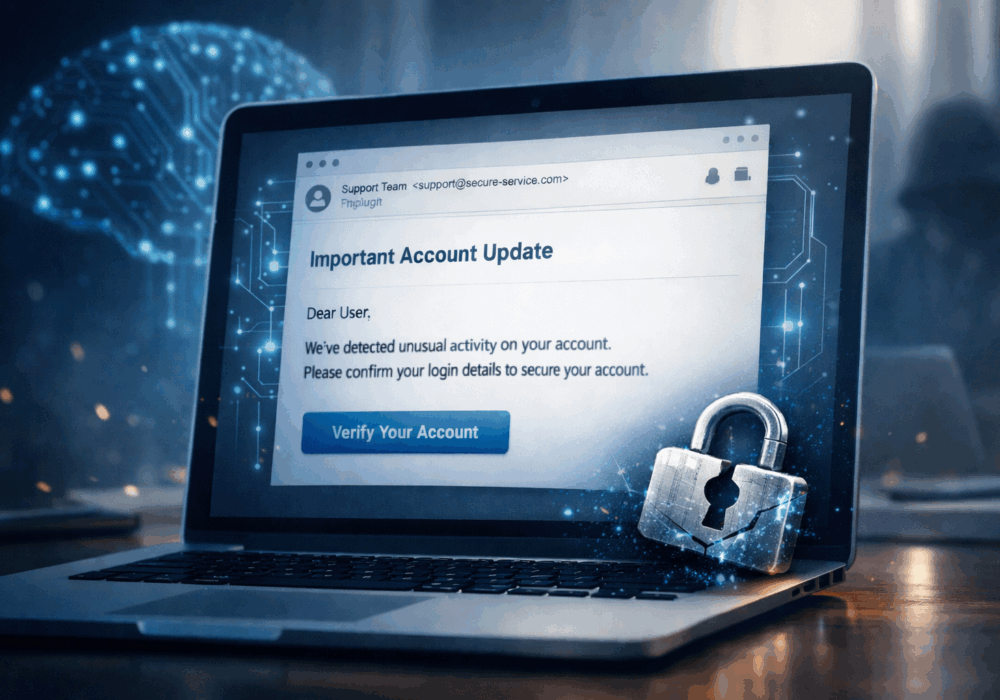Remote Code Execution (RCE) is an attack that allows hackers to remotely execute malicious code on a computer. The impact of an RCE vulnerability can range from malware execution to an attacker gaining full control over a compromised machine. RCE attacks can achieve a variety of hacking goals including:
While these are some of the most common impacts of RCE vulnerabilities, an RCE vulnerability can provide an attacker with full access to and control over a compromised device, making them one of the most dangerous and critical types of vulnerabilities.
For an attacker to pull off a remote code execution attack, the target system must have a pre-existing vulnerability for the attacker to exploit. Various vulnerabilities could open the door to an RCE attack, that’s why it’s vital your organization has both patch management and vulnerability alert monitoring and management processes in place to automatically update unpatched systems and applications with specific timelines. You can deploy a cloud-based patch management solution to automatically update software whenever and wherever necessary. Most Managed Service Providers leverage one of the big three Remote Monitoring and Management (RMM) solutions (Connectwise, Datto, and Kaseya) for patching their managed systems. These RMM solutions also provide monitoring, and remote access in addition to tested and validated patching services to their clients.
Standalone patch management solutions for companies not using the above-mentioned RMM solutions include ManageEngine, Automox, and Mosyle.
Additionally, these recommendations below will help you and your business stay secure with the various threats you may face on a day-to-day basis. All of the suggestions listed below can be gained by hiring CyberHoot’s vCISO services.
All of these recommendations are built into CyberHoot the product or CyberHoot’s vCISO Services. With CyberHoot you can govern, train, assess, and test your employees. Visit CyberHoot.com and sign up for our services today. At the very least continue to learn by enrolling in our monthly Cybersecurity newsletters to stay on top of current cybersecurity updates.
Sources:
Additional Reading:
Security Advisory: Elementor WordPress Plugin
Related Terms:
CyberHoot does have some other resources available for your use. Below are links to all of our resources, feel free to check them out whenever you like:
Note: If you’d like to subscribe to our newsletter, visit any link above (besides infographics) and enter your email address on the right-hand side of the page, and click ‘Send Me Newsletters’.
Discover and share the latest cybersecurity trends, tips and best practices – alongside new threats to watch out for.

Phishing emails used to be easy to spot. Bad grammar. Weird links. Obvious scams. Those days are...
Read more
Cybercriminals always follow Internet eyeballs. Not literally, but figuratively. And today's eyeballs are...
Read more
Active Attacks on Messaging Apps The Cybersecurity and Infrastructure Security Agency (CISA) recently issued...
Read moreGet sharper eyes on human risks, with the positive approach that beats traditional phish testing.
